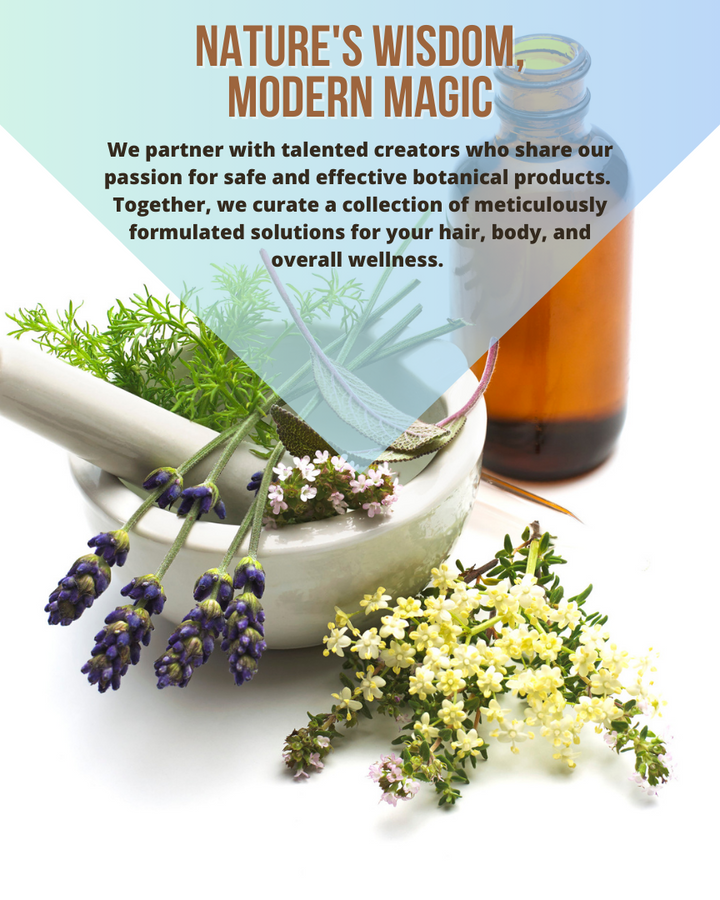In recent years, the movement towards natural hair care for women has gained significant momentum. Women everywhere are embracing their natural textures and ditching chemical treatments in favor of healthier, more sustainable options. This shift is not just about aesthetics; it's about self-love, acceptance, and a deeper connection to one’s roots—quite literally. Here’s a guide to understanding and adopting natural hair care practices for women.
Understanding Natural Hair
Natural hair refers to hair that has not been altered by chemical straighteners, relaxers, or texturizers. It encompasses a variety of textures, from wavy and curly to coily and kinky. Each type has its own unique beauty and requires specific care to maintain its health and vitality.
Benefits of Going Natural
Healthier Hair: Eliminating harsh chemicals reduces the risk of hair damage, breakage, and scalp issues. Natural hair tends to be stronger and more resilient.
Cost-Effective: Maintaining natural hair can be more economical in the long run, as it reduces the need for frequent salon visits and expensive treatments.
Environmental Impact: Natural hair care often involves using products with fewer synthetic ingredients, which can be better for the environment.
Cultural Connection: For many, wearing natural hair is a way to embrace cultural heritage and celebrate individuality.
Essential Steps in Natural Hair Care
Cleansing: Use a sulfate-free shampoo to gently cleanse the scalp and hair without stripping away natural oils. Alternatively, co-washing (washing with conditioner) can be a great option for maintaining moisture.
Conditioning: Deep conditioning is crucial for natural hair. Look for products rich in natural oils like coconut, olive, and jojoba, which help to nourish and hydrate.
Moisturizing: Natural hair thrives on moisture. Apply a leave-in conditioner or a moisturizing cream to damp hair to lock in hydration. The LOC method (Liquid, Oil, Cream) is a popular technique to ensure moisture retention.
Protective Styling: Styles such as braids, twists, and buns help to protect natural hair from environmental damage and reduce the need for constant manipulation.
Regular Trimming: To avoid split ends and promote healthy growth, trim your hair every 6-8 weeks.
Avoid Heat: Minimize the use of heat styling tools. When necessary, use a heat protectant and the lowest heat setting.
Choosing the Right Products
Navigating the world of natural hair products can be overwhelming. Here are some tips to help you choose wisely:
Read Labels: Look for products with natural ingredients and avoid those with sulfates, parabens, and silicones.
Know Your Hair Type: Understanding whether your hair is wavy, curly, or coily can help you select products designed for your specific texture.
Patch Test: Always test new products on a small section of your hair to ensure they don’t cause irritation or allergic reactions.
DIY Natural Hair Care
Many women are turning to homemade hair care solutions. Ingredients like honey, aloe vera, avocado, and yogurt can be used to create nourishing masks and treatments. These DIY options can be both effective and budget-friendly.
Embracing the Journey
The journey to natural hair care is personal and unique. It requires patience, experimentation, and a willingness to learn. Celebrate the versatility and beauty of your Hair growth oil for natural hair, and don’t be afraid to seek support from the vibrant natural hair community.






Comments